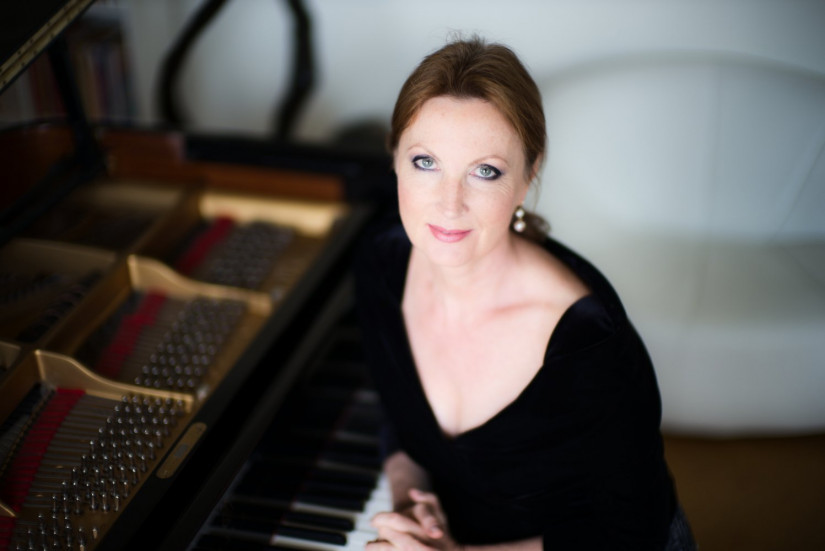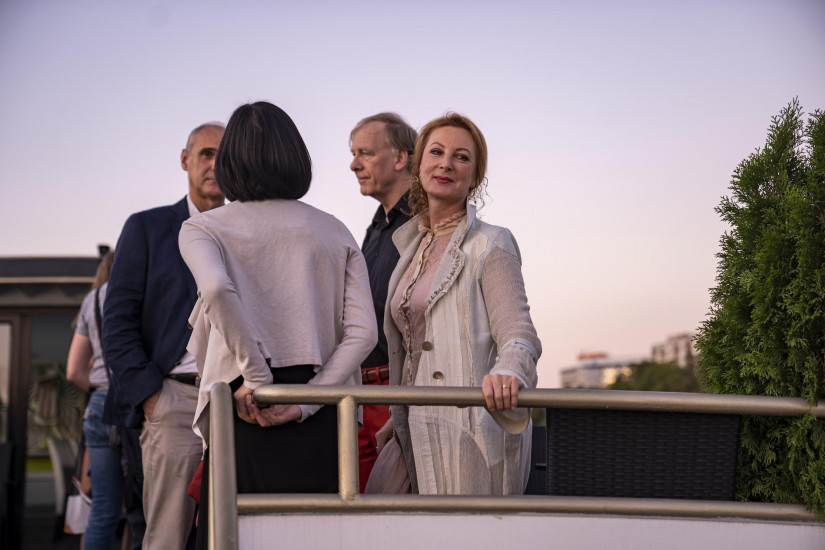Bartók’s music is best understood through the images it evokes
Lithuanian pianist Mūza Rubackytė divides her time between Vilnius, Paris and Geneva. Indeed, she is a welcome guest on every continent, and her home country has recognised her with a Medal of Honour, among other awards. As a member of the jury of the Bartók World Competition and as the Director of Music of the Vilnius Piano Music Festival, she has presented a special prize to the winner of the competition, Ádám Szokolay: an opportunity for him to perform in the Lithuanian capital in November 2021.
This is not your first time in Budapest. You won the International Liszt–Bartók Piano Competition in 1981. What did that victory mean for your career?
It was the first and for quite some time the only major milestone in my international career. After the competition in Budapest, I was contacted by several managers with contract offers and invitations but could not accept any of them. Someone even followed me to Moscow with a letter of invitation, but was wrongly told that I could not appear on stage because I was ill. When I returned to Lithuania, I was not permitted to travel anywhere for seven years. My passport was even taken from me. It was only much later that the victory in Budapest bore fruit. And now I am happy to be back, this time, on top of everything else, as a member of the jury of an international competition dedicated expressly to Bartók, his singular legacy and the interpretation of his music.

How accessible is the inner logic of Bartók’s musical universe?
Bartók drew inspiration and strength from folk music. The primal power of folk music is something everyone can understand and experience. For example, in Hungary and Lithuania, folk music is a living tradition to this day and is therefore accessible. The rhythm of Bartók’s musical statements is rooted in that tradition, so the depth to which a pianist can submerge into it depends on his or her inclination to discover and his or her personality.
Do you attach any significance to whether his works are performed by a male or a female pianist?
I think the gender of the pianist could be significant in certain cases. A steadfast, energetic application of the percussive technique, which is so emphatic with Bartók, demands physical aptitude with some of his pieces. Undoubtedly, some of Bartók’s piano concertos are more masculine.

Photo: Liszt Academy/Gábor Valuska
When did you first come across the conception of music represented by Bartók?
I was brought up in the Soviet Union and graduated with a degree from the Moscow State Tchaikovsky Conservatory. In the 1950s, it was forbidden to go near Bartók’s sheet music, and although the situation changed somewhat after Stalin’s death, prestigious professors in high positions at the conservatory perpetuated Stalinist approaches in education for decades. As a result, I encountered Bartók in Lithuania, on music sheets intended for children in music schools. My first lasting experience is tied to Mikrokosmos.
As someone from north-eastern Europe who lives in Paris and Geneva, how do you see the popularity of Bartók in Western Europe?
His major works are known and recognised, but Bartók is not played on stage very often. His beautiful series, Two Elegies, is hardly known at all. In Bartók’s case, if the point of the discussion is how to make his music more popular internationally, it would be key to awaken the imaginations of people in cultures that are distant from that of Hungary. His musical virtuosity, which sometimes strikes a layperson as off-putting, can be made clear and accessible if we shed light on the images evoked by his music and raise awareness to its cultural background and its embeddedness in the culture.
Réka Muray-Klementisz


